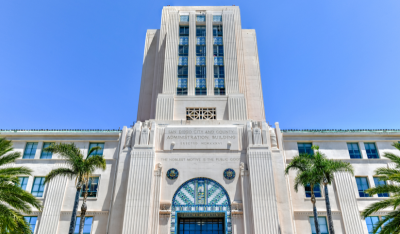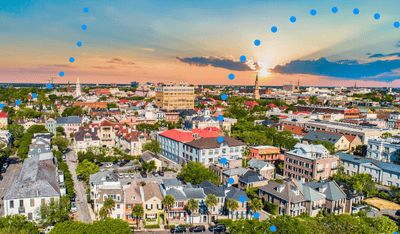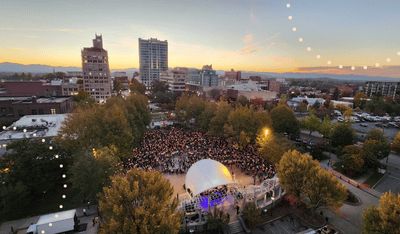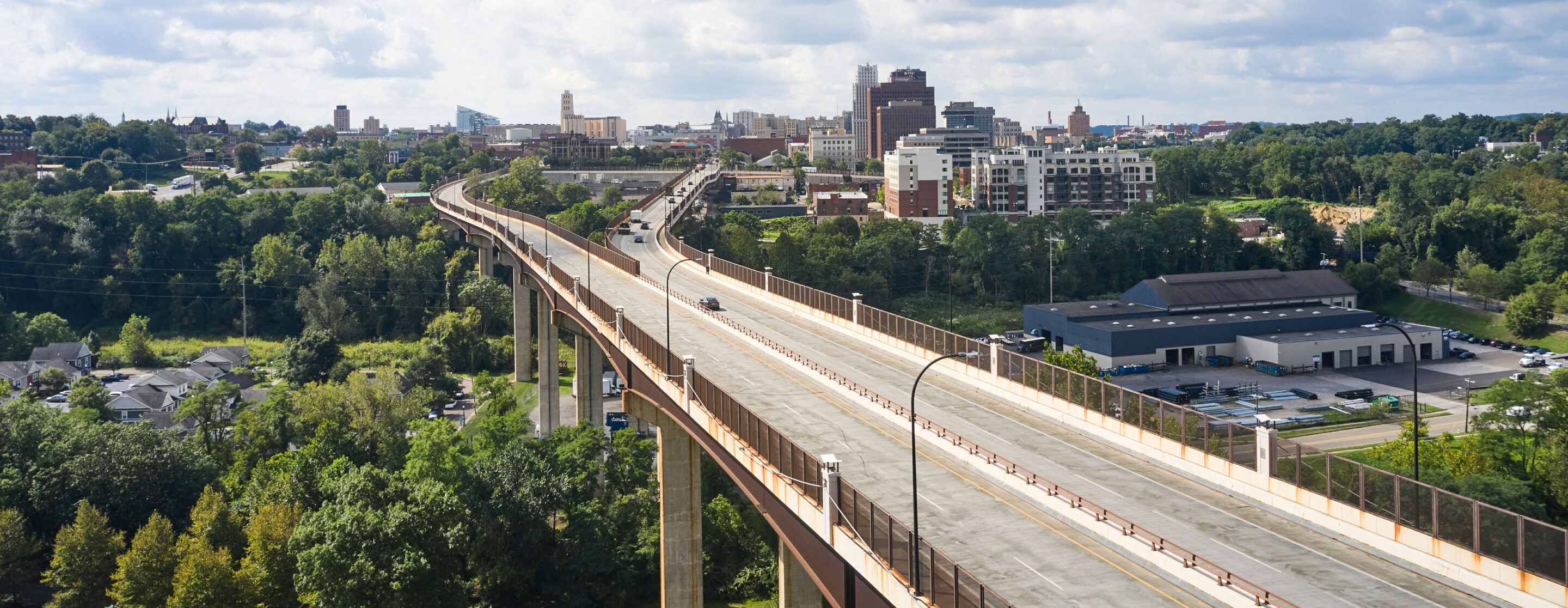
The Ohio Department of Transportation, along with regional partners at the Mid-Ohio Regional Planning Commission and Toledo Metropolitan Area Council of Governments, began the Route 23 Connect Study in 2021 to evaluate enhancements along the U.S. 23 corridor. Route 23 already had 30% more traffic than the roadway was designed to accommodate, leading to increased congestion, unpredictable travel times, bottlenecks, and higher crash rates. Additionally, the project aimed to support Columbus as a national logistics hub by strengthening connection and access to northwest Ohio, Michigan, and Canada, since 15% of the overall road use is by transport trucks.
High Levels of Interest and Pandemic-Related Barriers
With the first public meetings occurring in the early months of the Covid pandemic, the Project Team encountered challenges in maintaining momentum almost immediately. Covering diverse communities from rural to urban and agricultural to commercial, the shift to an entirely virtual approach aimed to ensure equal participation opportunities for stakeholders throughout the corridor. As the project progressed, however, opposition grew based on concerns of impacting valuable agricultural land, leading to a group of residents launching an effective campaign to end the project, including creating the website ‘nohwy.com.’

Prioritizing Outreach and Engagement to Achieve Representative Input
In a 2022 update, after tabling six initial design alternatives based on early public feedback, ODOT Director Jack Marchbanks reiterated during a press update, “We can’t do this alone. We’ll be engaging the public in the coming months to ensure that those who live, work, and travel here have a voice in its future.”
Following through on this, stakeholders had open access to information via the project website publicinput.com/23connect, where an ongoing virtual open house could be viewed, and public meetings were live streamed for residents unable to attend in person. The project team went through several iterations, with different consulting firms working on subsequent phases, but the DOT maintained its central project record in their PublicInput platform, providing a comprehensive understanding of the project history and continuity of their engagement with residents.
Engagement Metrics:
-
- 7,065 participants across web, meetings, email, voicemail
- 344 emails (23connect@publicinput.com)
- 41 voicemails
- 556 meeting attendees
Throughout 2023, the team continued to promote engagement opportunities on social media and through local news outlets, hosting 40 public meetings where attendance was often in the dozens and sometimes in the hundreds. Using the PublicInput Meetings Module, online registration forms and in-person sign in kiosks allowed Staff to focus on presenting accurate information and fielding stakeholder comments while the automated process saved time and eliminated risk for errors during the often tense exchanges. Throughout the project, meetings were planned and located based on an ongoing understanding of where engagement was strong and where communities had not been involved, allowing the team to stay ahead of potential conflicts during later phases.

PublicInput Affords Context Behind Thousands of Comments
One of the primary drivers in their ability to follow through on the promise of improving the corridor while overcoming common hurdles associated with diverse stakeholders was the central system of record for the project in PublicInput. In addition to meetings and formal comments, other data points available to the project team included web referral sources and the insight that a majority of online traffic had been generated by the nohwy site, as well as participant mapping that showed a significant percentage of comments originating from communities beyond the corridor itself.
Ultimately, after several years of outreach and engagement involving more than 7,000 residents, the nohwy.com website was disabled, and in 2023 ODOT announced it is moving forward with a plan to approach improvements to the corridor in seven separate segments, each with its own considerations for the adjacent community.
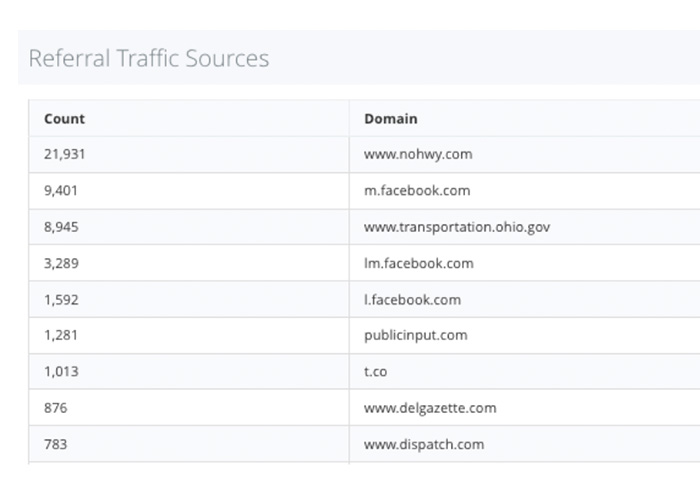
Ready to work with a technology partner who gets you?
Book your demo and discover ways we can help you solve every dimension of your public engagement process, so you can better reach, engage, understand, and communicate with your residents.

